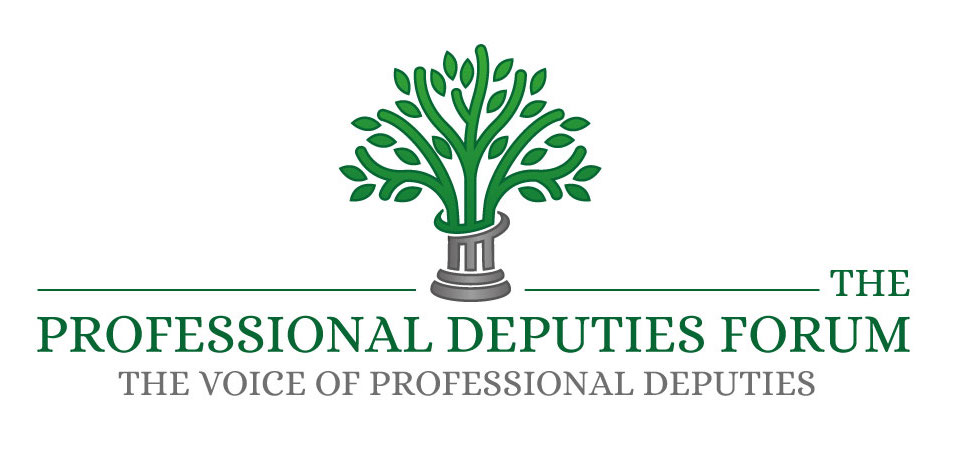Vulnerability is not something that we should be ashamed of, in fact media are supporting celebrities who are speaking out about their own vulnerabilities, stimulating further awareness and a better understanding of vulnerability in general.
Nobody plans to become vulnerable and few people self-identify as being vulnerable. The situations and circumstances of ‘vulnerable’ individuals are diverse, complex and dynamic; the experience of vulnerability is unpredictable, vulnerability can be short or long term and it can change over time. Many people manage to cope with their situation by believing – for better or for worse – that ‘things will improve’, that their situation is only temporary, and that ‘normality’ will soon return.
The impacts of being vulnerable on day-to-day life should not be underestimated. Consumers in vulnerable circumstances may be significantly less able to represent their own interests, and more likely to suffer harm than the average consumer. Vulnerability is characterised by a range of emotional and practical consequences, including heightened stress levels, time pressures, a lack of perspective, poor decision-making, an inability to plan ahead and foresee problems, and changing attitudes towards risk-taking. All of these effects have the potential to shape the financial experiences of consumers in vulnerable circumstances.
Vulnerability compounds problems with finance. Vulnerability can play a role in consumers’ experiences with firms and financial products and services at many different stages of their customer journey. The VRS allows vulnerable consumers at any given time to share their wishes with Users of the Vulnerability Registration Service.
A vulnerable consumer is someone who, due to their personal circumstances, is especially susceptible to detriment, particularly when a firm is not acting with appropriate levels of care.
Consumers in vulnerable circumstances, will be significantly less able to represent their own interests, and more likely to suffer harm than the average consumer. This is an area where lenders should take action and create good outcomes for the customer.
It is important to remember that the Vulnerability Registration Service does not replace creditor’s responsibilities for identifying and counselling vulnerable consumers, but provides a ‘decision agnostic’ platform for consumers and lenders as an additional safeguard for consumers during their period of vulnerability.
The VRS is an accompaniment to creditor’s already implemented vulnerable consumer strategies.












